There is something terrible about the reality, and I don’t know what, nobody tells me.
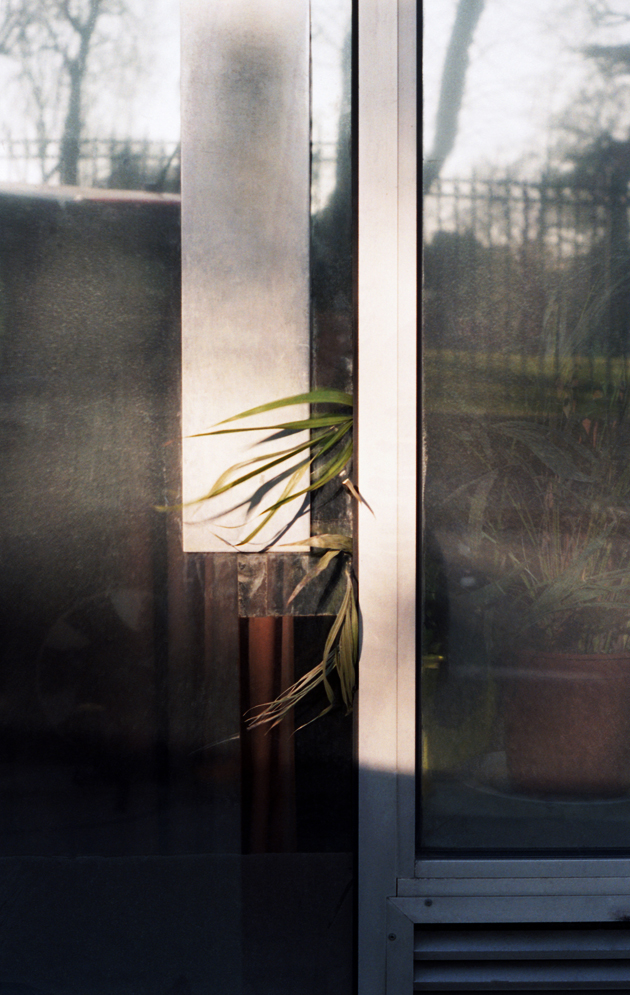
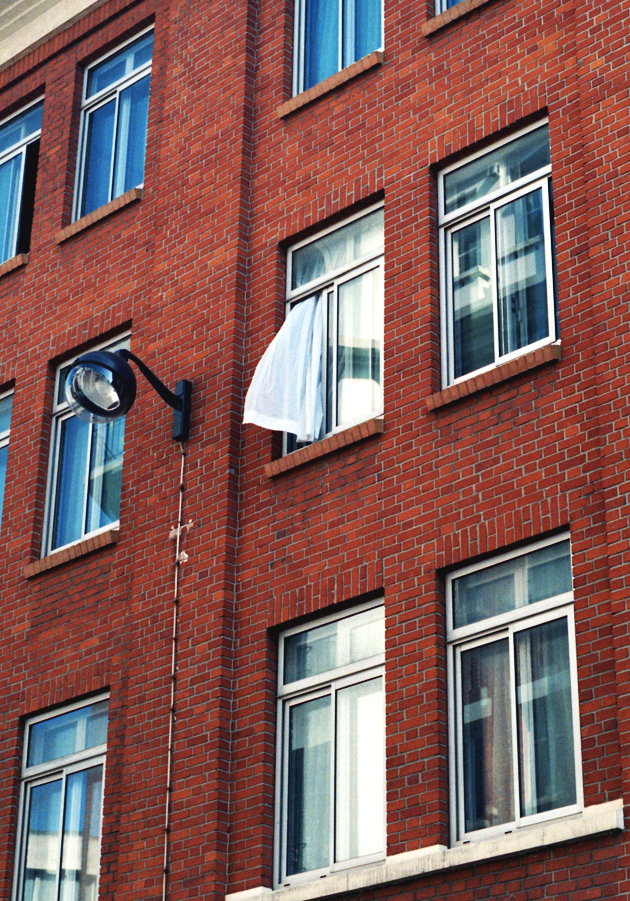
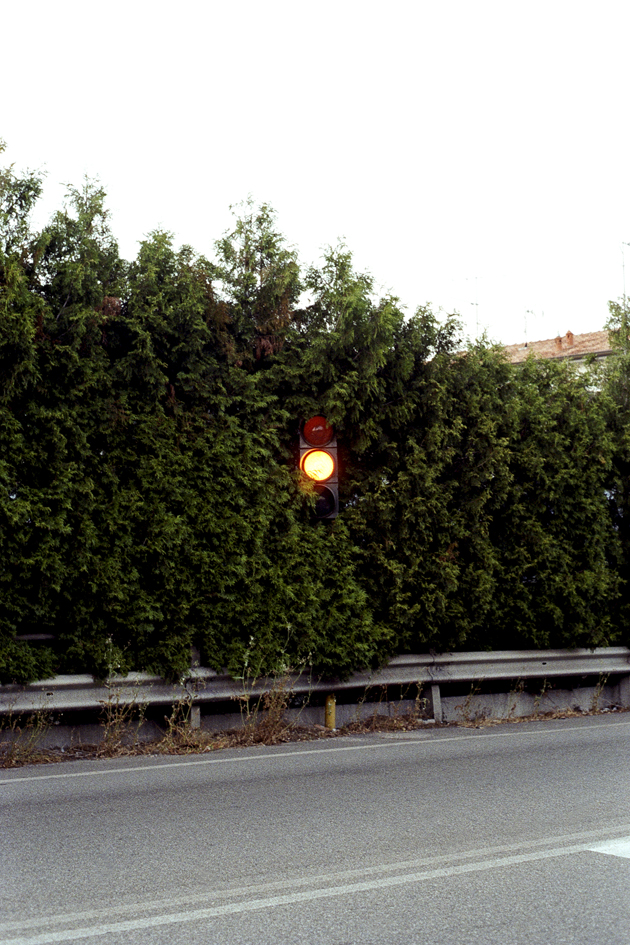
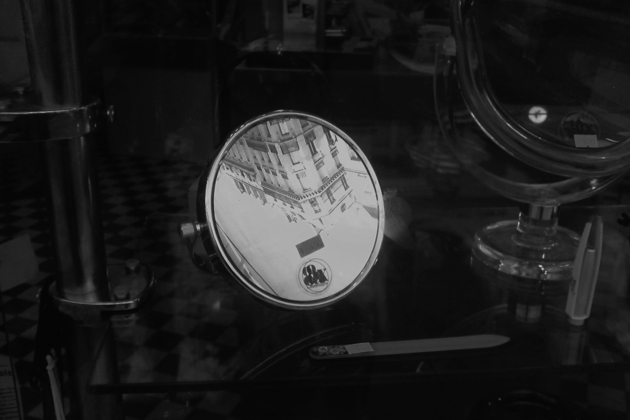
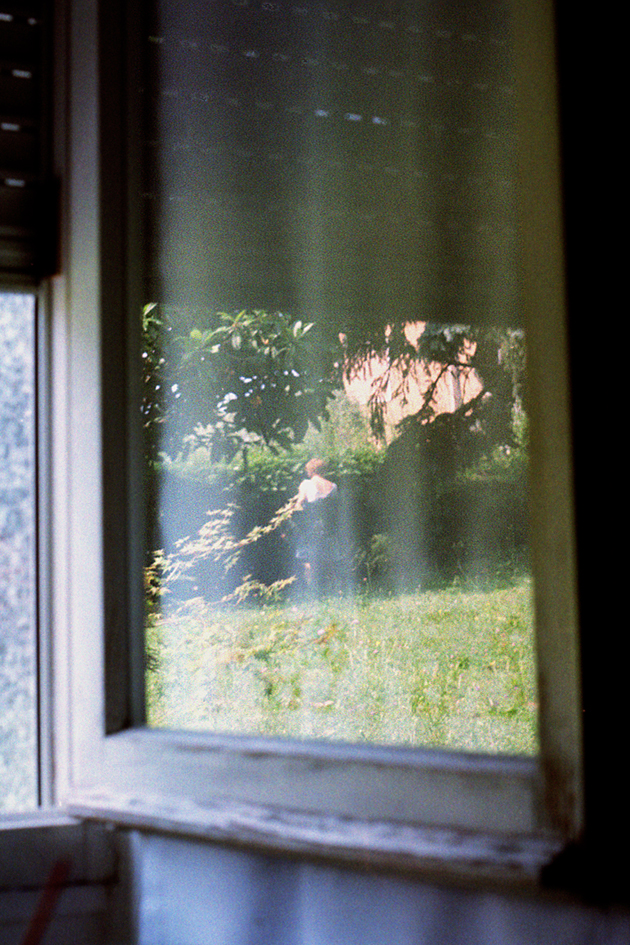
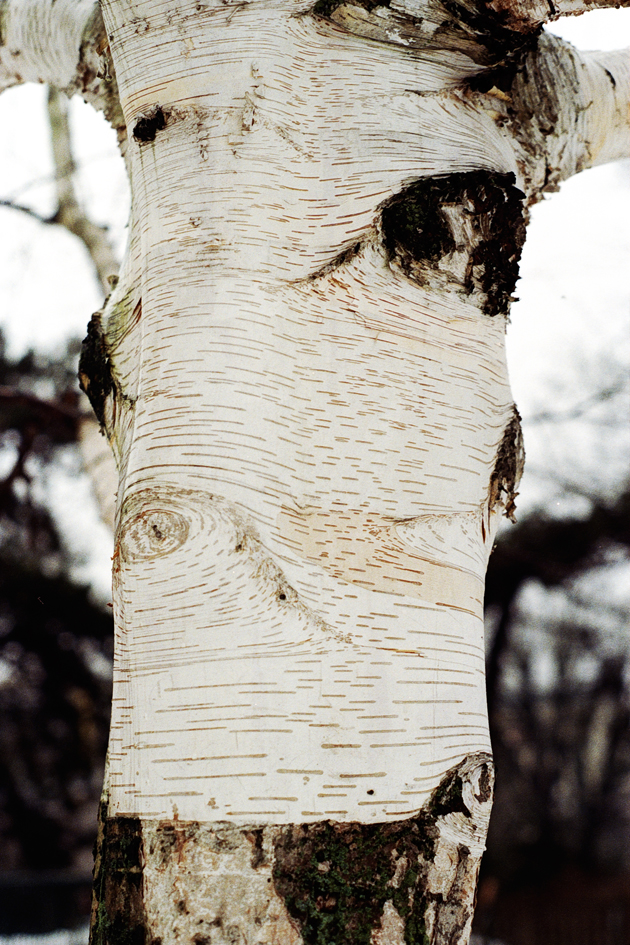
Sunglasses and a fresh passion fruit juice: essentials for an easy and happy moment.
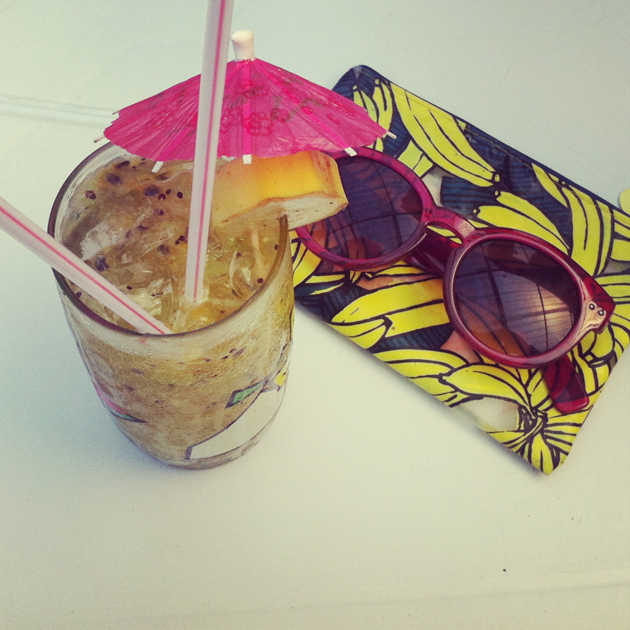
The International Festival of Fashion and Photography, that takes place every year in the South of France, precisely located in the city of Noailles, has just ended, after presenting us some of the most talented and fresh fashion designers and photographers around the globe.
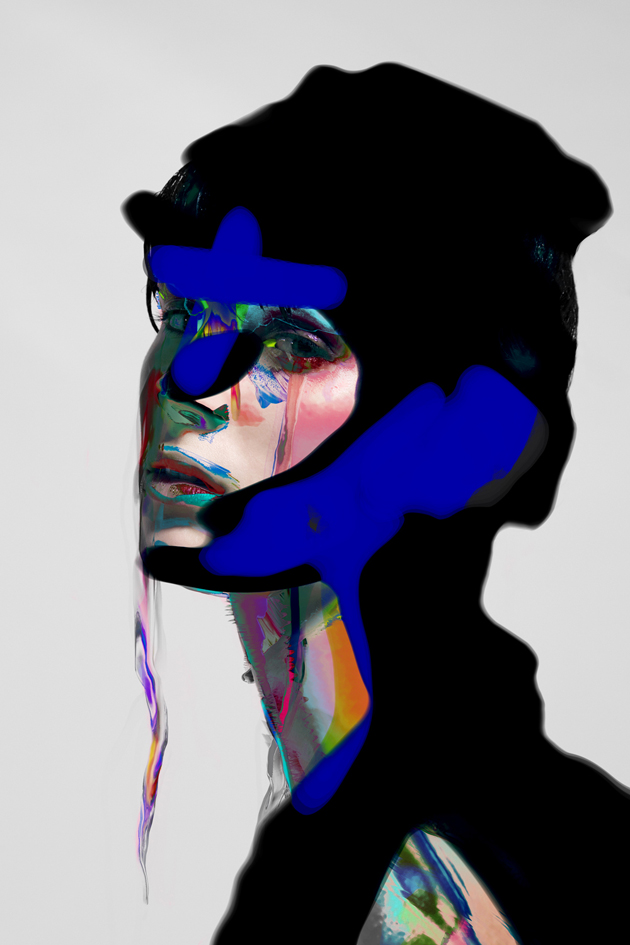
The Hyères Festival caught up its 28th edition and claims successful personalities as past participants, like Viktor & Rolf, Romain Kremer, Anthony Vaccarello and noted names from fashion universe who joined the festival as members of the jury such as Martin Margiela, Dries Van Noten, Raf Simons and Felipe Oliviera Baptista, the the 2002 edition winner and this year’s president.
Only ten young fashion photographers and designers have had the opportunity to show their work to the public, having been carefully selected during last February among 1000 submissions. The aim of the festival, invented by Jean-Pierre Blanc, is to support young talents giving them the much needed space and logistical sustain at the beginning of their career. After four days of festival, Villa Noailles – a 1920 cubist villa, built by Mallet Stevens for viscount Charles de Noailles and his wife Marie-Laure Bischoffsheim – hosts several exhibitions that show a combination of art, photography and fashion through the eye of different artists.
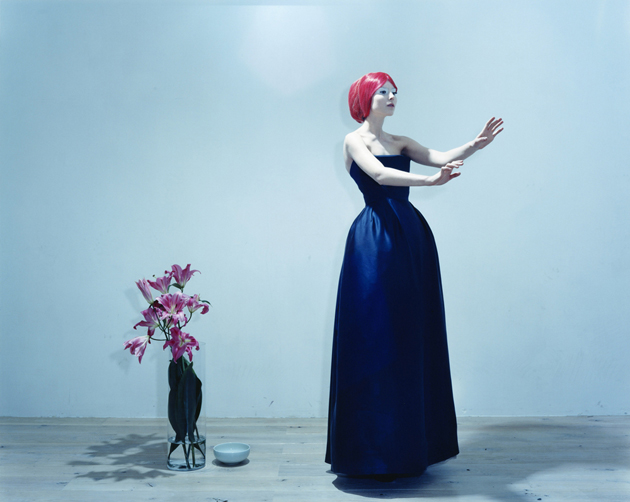
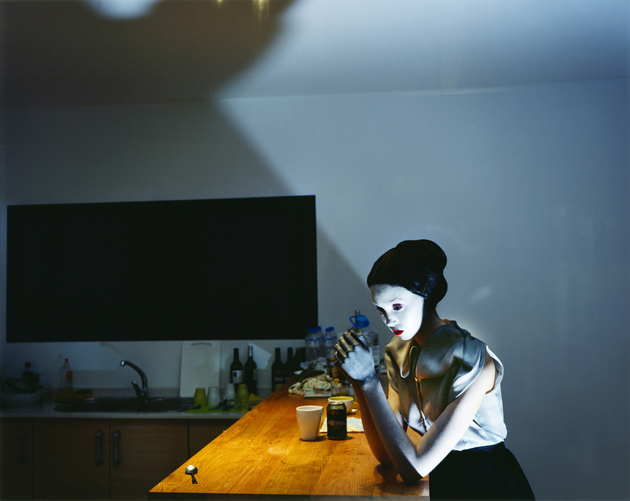
As a part of this year’s exhibit there will be Novembre, a bi-annual Swiss magazine; Pierre Debusschere, the online artistic director of Raf Simons and visual artist who works both as a photographer and a video-maker; A screen to the brain, a series of fragments that a viewer does not normally see in fashion, created by Felipe Oliviera Baptista; Rough Roof, a look at the earliest work of Guy Bourdin; Jean-François Lepage, a photographer and a painter, and many others.
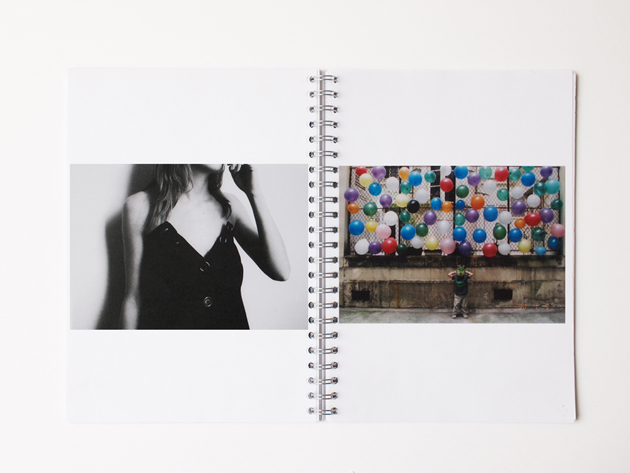
During each edition few photographers, among with the previous year’s finalists, are chosen for taking a series of photos based on one of the two themes given, one focusing on the creations of the designers in the competition, and the other on the city of Hyères or a carte blanche.
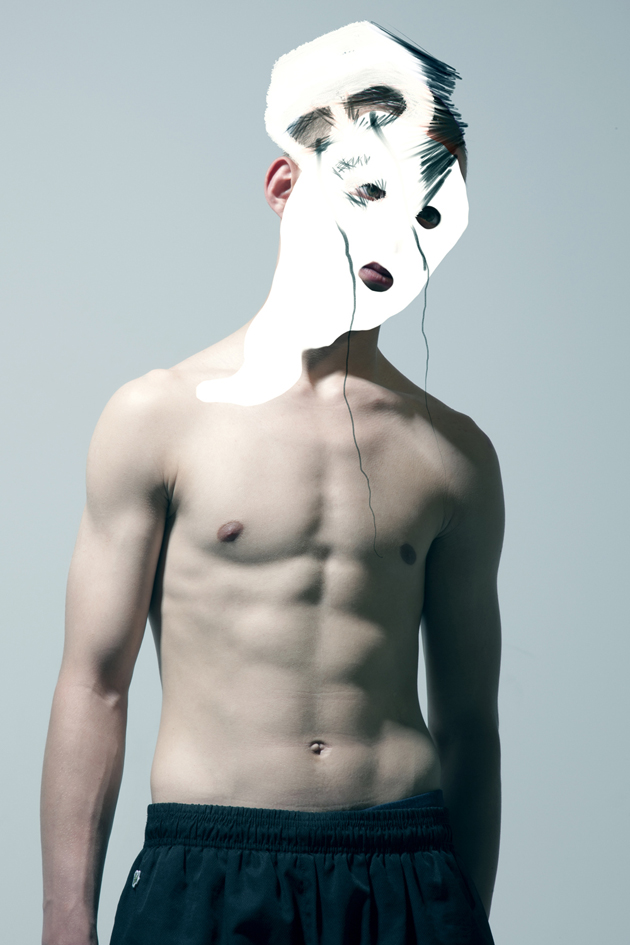
The exhibition will be open till Sunday May 27, every day except Monday and Tuesday and the admission is free.
Francesca CrippaA historical jumble, York mixes Georgian homes with Medieval wonders and Victorian train stations. In the shadow of an ancient castle you’ll find the chicest restaurant and a stone’s throw from a debtors prison turned museum is the most adorable, 60’s-focused vintage store around. There are ghost-harbouring snickleways and cobbles that hail from the days when York bore the name Eboracam, and Romans roamed the streets. It’s the birthplace of Judi Dench and Rowntree’s and boasts a teahouse with a rather mysterious name.
Yet York’s most beguiling feature is its rather northern character. Beautiful and thoroughly British, York is also, quite possible, one of the friendliest cities around. After all, Yorkshire is where you head for eye contact, smiles and to be called ‘pet’, ‘duck’, or ‘love’ by absolutely everybody.
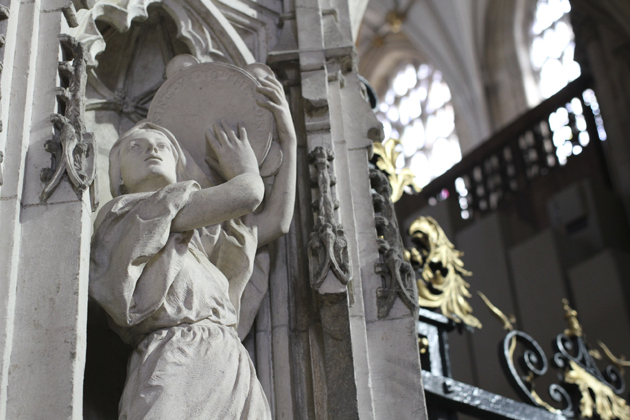

While lost wandering York’s ancient walls a friendly local spotted my camera, picked me for a tourist and began to impart her local knowledge. I learnt that ‘The Shambles’ is the oldest shopping street in Europe and warranted a mention in the Domesday Book of 1086, York has been officially labeled the most haunted city in Europe and that the city has the only Japanese Bullet train outside Japan. Coming from London, where talking on the tube is somewhat unusual, chatting with a knowledgable stranger felt enjoyable.
In my B&B, the quaintly delightful Bloomsbury Guesthouse, which has rooms named after local flowers, I learnt about all the historical gems leading into town (such as Guy Fawkes’ school), was given tea aplenty and got lost in conversation with almost every other guest I encountered.

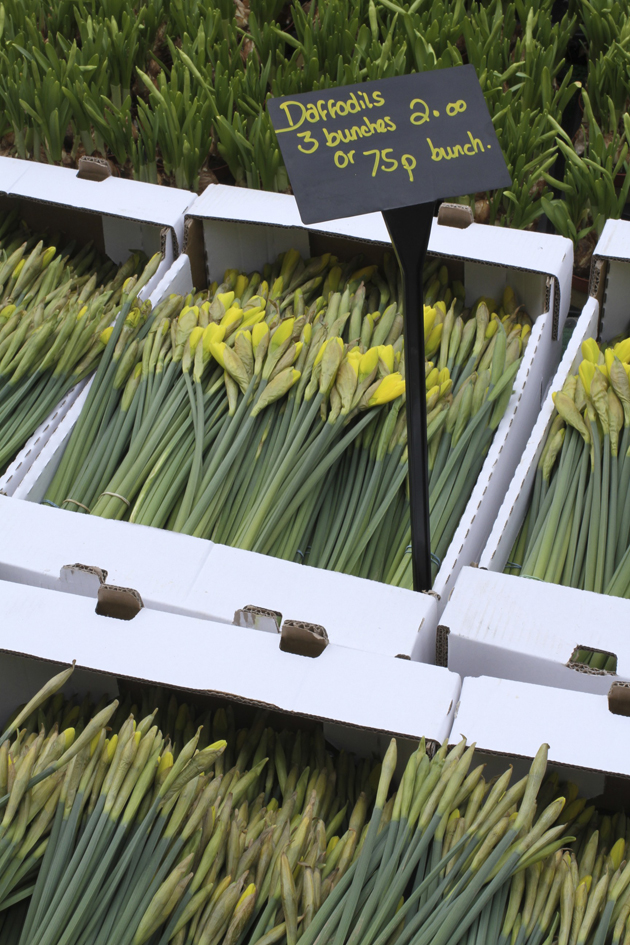
Friendliness also reigns supreme of the food front. Pig and Pastry, a packed café/restaurant/bakery, is designed for conversation with large communal tables and no Wi-Fi. It’s about enjoying food and company rather than checking emails. At J Baker’s Bistro Moderne you quickly learn that most of the customers are locals who visit on a weekly basis. Chef Jeff Baker also displays the menus of restaurants he admires. Who needs to be competitive anyway! Similarly, at Lime House Restaurant, chatty staff and a quaint interior give the dishes extra flavor. For whimsy and old-world elegance there’s Betty’s. Here you can dine on delicate tea and fat-rascals (a cross between rock cakes and scones) while pondering just who ‘Betty’ actually was. One of the original British coffee house, conversation and charm flows here as easily as it did in more refined days gone by.
Polished, elegant and utterly magical, few things are as moving as evensong in York Minster or a wander through York’s gardens as Spring takes hold. Go to York for the architecture, food and history but stay for its character.
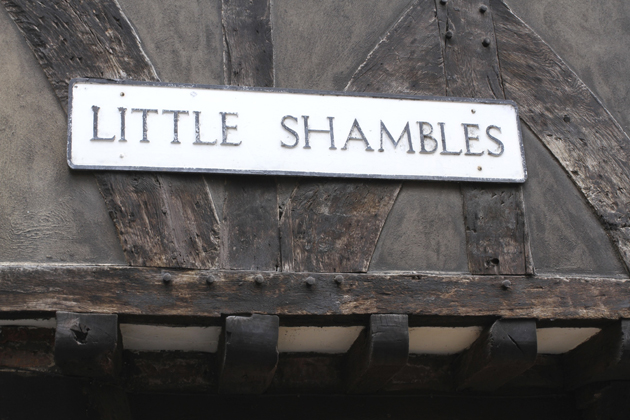
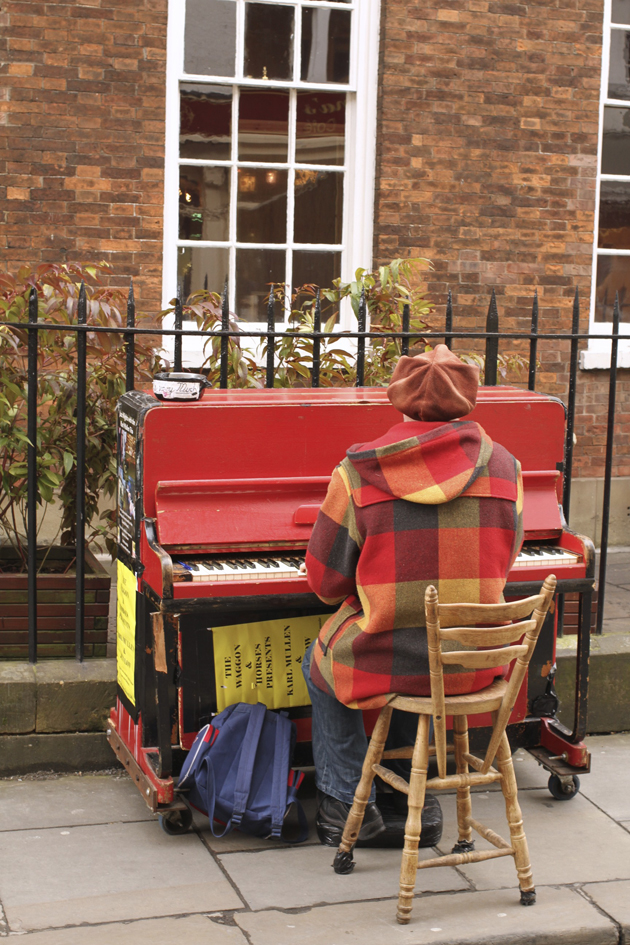
The 8th edition of Fotografia Europea, the yearly international event devoted to photography, is about to start; the countdown has reached its end and Reggio Emilia is ready to welcome Italian and foreign visitors for the long opening weekend from 3rd to 6th of May 2013. As each year, the festival hosts numerous qualified workshops and encounters with artists and professionals in the field, who will be asked to talk about the main theme: To Change. Photography and Responsibility, divided in four sub-issues: surprise, faith, estrangement, vision.
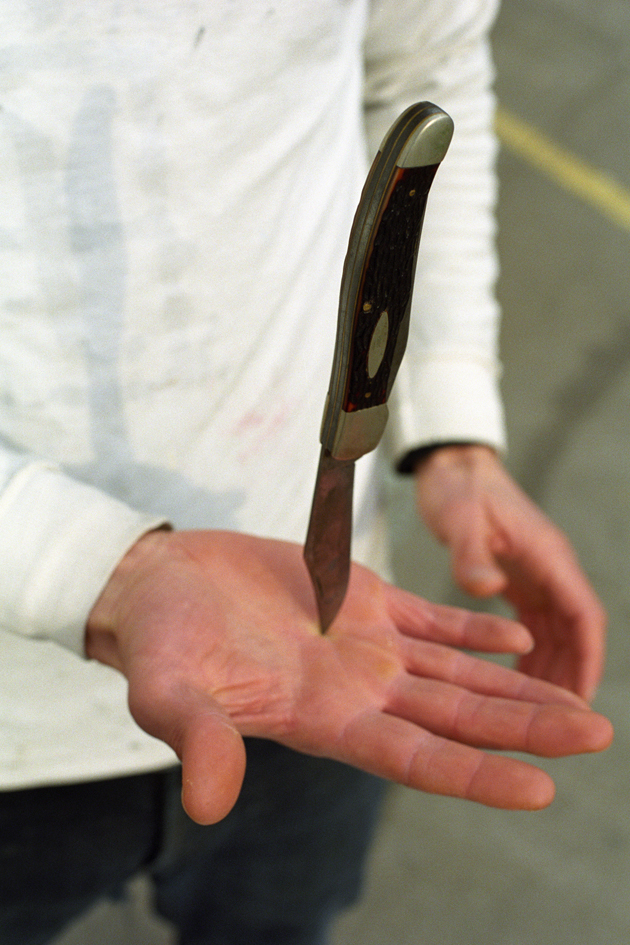
Among the people invited to exchange their point of views we count the writers Tiziano Scarpa and Dževad Karahasan, the biologist Yael Lubin and the artist Tomàs Saraceno. With a multidirectional approach, Fotografia Europea presents a wide range of photo exhibitions scattered around the beautiful, historical, and sometimes unknown, locations offered by the city. Palazzo Magnani proposes the show entitled Murder is my business with pictures by Weegee – pen name of Arthur Fellig – one of the most famous photo reporters of the ‘40s in New York; At Chiostri di San Pietro you’ll be spoilt for choice: from Anders Petersen’s reportage of the earthquake that hit the area in 2012 (exhibition curated by Studio Blanco in collaboration with Slamjam) to David Stewart’s Stuff that focuses on the eccentricity of people, and to Andrea Galvani’s Higgs Ocean, curated by Marinella Paderni, which reflects on the natural energy transfer with the artist’s typical poetic approach.

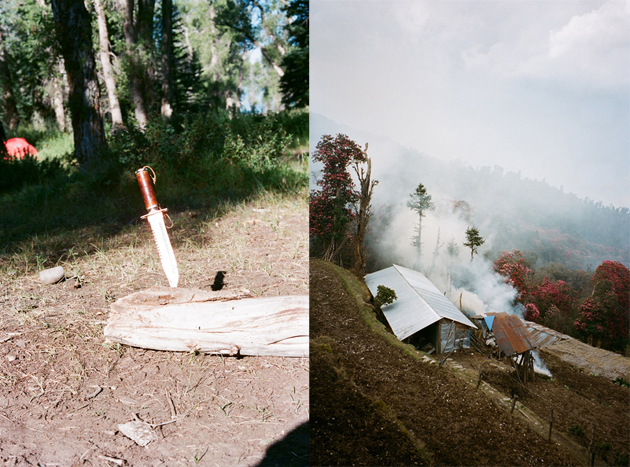
The list is too long and could go on and on, but we cannot avoid closing this overview talking about the first Italian solo show by Peter Sutherland (b. 1976, Ann Arbor, Michigan), entitled Too Young To Care, coming from the collaboration between WONDER ROOM and Studio Blanco, which will be hosted by Spallanzani’s Collection (Musei Civici, Via Spallanzani 1, in the city centre). The American photographer will present a series of unreleased images and archive works that retrace a both intimate and evocative artistic path.
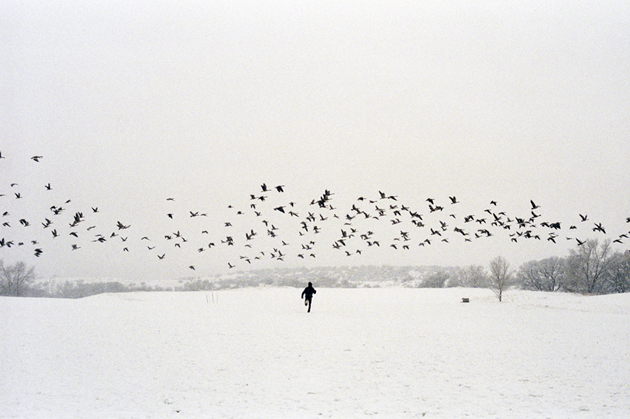
“I have been taking pictures since about 2002.” Sutherland told us. “Around this time my father passed away and photography was a place to focus my energy to, and avoid thinking about that part of me that was lost. I wanted to photograph everything I knew as a child. I did this over the following few years, and it became the backbone for everything else I would do. I have never wanted to control situations or carry a heavy camera, I just want to enjoy what I’m doing and get some poetic images along the journey. I want to go out and explore. I have always been interested in youth cultures because they give kids a chance to express themselves. I grew up skating and snowboarding, and learned so much at a young age from taking part – I was born at a good time, when I started skateboarding, no one had done a “kick flip” yet… -, but things are different today, everything is global and it’s all about the Internet and digital sharing of information.
He explained us how he liked the change: “It inspired me to evolve creatively, making films, installations and then back to photography. I take cellphone photos, do all the social media stuff and appreciate the way it is changing and speeding up trends and the way images behave/exist in the world in general. As for responsibility, we are reconsidering what that is. Once I was listening to John Baldessari being interviewed in an old episode of Art21. He was saying that he doesn’t think images should be owned. He thinks that would be like owning words and wouldn’t make sense. I think I agree with him: if you are uploading images, you are sharing them and you loose control over what happens to them.
I am very interested in things that happen because of photos, not who owns them. In 2006 I took a photo of a deer drinking out of a storm drain in the city. This photo became the cover of a Korean magazine, four years later a beautiful girl wrote to me on Facebook and told me she really liked this picture, she was living in Nepal. In 2010 I visited Nepal, 3 years later we were married in Kathmandu. Keep shooting photos, you never know!”
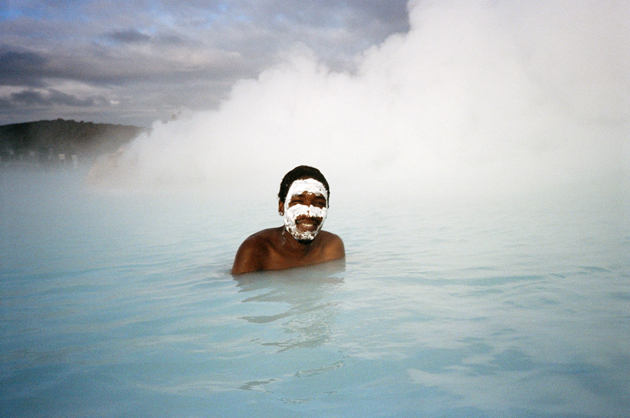
The exhibition will run until June 16, 2013.
Monica Lombardi – Images Peter SutherlandA while ago we spoke about the phenomenon of fashion schools. What is it all about? In what lies the allure and why do people cross country borders to attend them? First out in our series about European fashion schools is the famed Italian school Polimoda. The Blogazine had the pleasure of speaking with the school’s dean Linda Loppa about education, the business, social media and the advantages of being located in the heart of Tuscany.
A centre of excellence always in close relation to the business world – since 1986, Polimoda International Institute of Fashion Design & Marketing has been internationally renowned for its high-quality professional training and lately also for its beautiful location at the Villa Favard in Florence. Design, patternmaking, marketing or communication, undergrads, postgrads, masters, orientation or specialisation courses: they offer it all. With 55% of the 1200 attendees, the Polimoda student body also confirms the statement of eager fashion enthusiasts going across frontiers to attend a special, chosen, fashion program. The positive adjectives around a renowned school are many, especially with front faces carrying names such as Ferruccio Ferragamo and Mrs. Loppa herself, but why should one choose Florence and Polimoda?
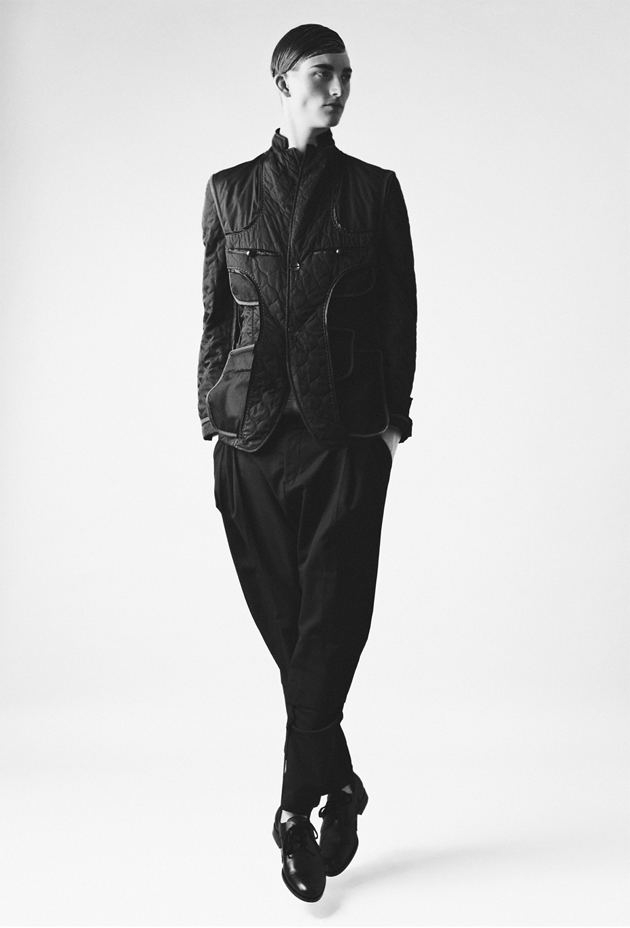
“Many students come from big modern cities with shopping malls and arcades and yet here, they find a creative tranquility where they are able to reflect on their future careers and find inspiration!” Linda Loppa mentions heritage from moments such as the Renaissance and the uniqueness of the small historic city as impacts on the way one thinks and works. “Obviously we cannot forget Italian brands such as Gucci, Pucci & Ferragamo that represent the dream and signature of Italian fashion, and Florence that offers a beautiful and stimulating environment, but the main reason to come here really is the high quality of education. Our communication, messages, website and business languages are all modems that positively project brand strategy.”
The Blogazine also spoke with a student from the Fashion Marketing & Communication program about being a student at Polimoda. “I had heard a lot of positive things about the school, and after researching other Universities in Milan, I decided that Polimoda is the best in my field. It’s not only a University but also a career centre and a brand – their brand image is impeccable. When I say I’m a Polimoda student, people are impressed.” The student mentions that her education has helped her narrow down her choices of interest for her future career and says that some courses might be more useful than others, but that her program in the end feels relevant to what a profession in the industry will require. “They want us to succeed, because when we do, Polimoda does too. However, it is a two-way street: as students we can boost the school image as well as we can ruin it. They are very careful in which students they present to external companies for internships.”
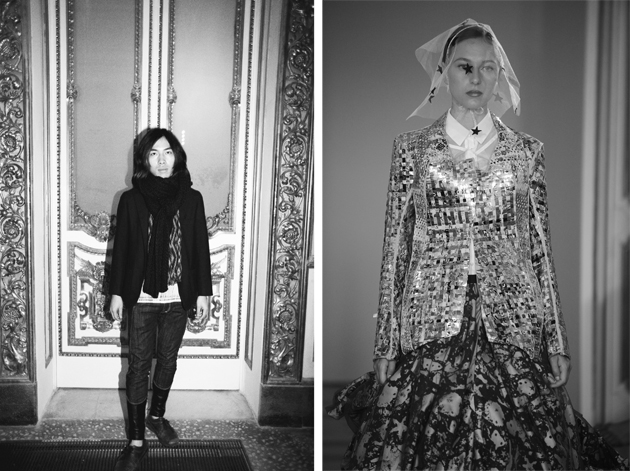
Besides a long list of completions, Mrs. Loppa grew up in Antwerp, another city well known for forming fashion excellence. About how the city might affect her management at Polimoda she says that her mature strategies aren’t so much dependant on one city’s influence as it is because of all her previous experiences together. “I have been in fashion a long time and worked in many different aspects of the industry: from retail to education, worldwide distribution and also museum management and curating. What I learned from all this wonderful experience I felt, and still feel, can be easily translated to Polimoda, through my directorship.” Looking at the more academic programs, Linda Loppa means that the importance of an education directed specifically towards fashion lies in the complexity of the business: having a lot of tools isn’t enough to communicate fashion, it also takes a lot of skills, research and understanding of this specific business. “The fashion business is more complex than 10 years ago. Branding, communication, design, production, distribution and store management have to be well balanced for the end consumer. That’s why when studying one of these facets, it still has to be seen in a broader context.”
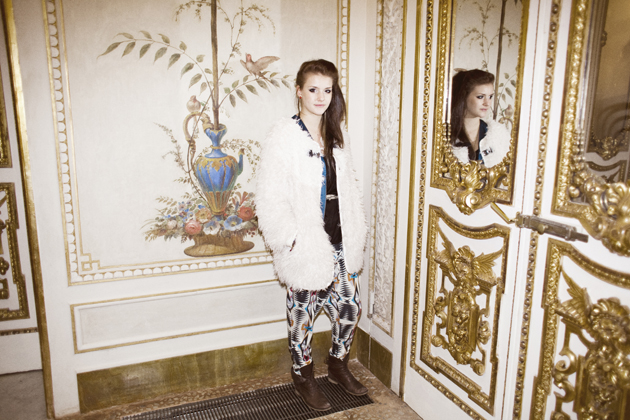
As for almost any industry of today, the expressions of new media, digital PR and social media are everyday encounters, and no matter what position you aim for, the social sphere has added another aspect to the pace of the fashion industry. “Well, if you work in the fashion business, this speed is not unusual. Therefore we are used to work and think ahead. Thanks to the Internet we are updated on every change that happens in the world and as a consequence our faculty challenges the students to work in the business of tomorrow, not the business of today”, says Loppa when discussing the matter. What regards following a path in fashion she finishes by saying: “A good fashion school should offer its students the technique to develop a personal opinion based on knowledge, and an open mind-set and intuition will help develop an interesting career.”
At Polimoda you find an international and modern direction and maybe it is somewhere in the clash between historical buildings and modern technology that the charm of the school, as well as the fashion industry, lies.
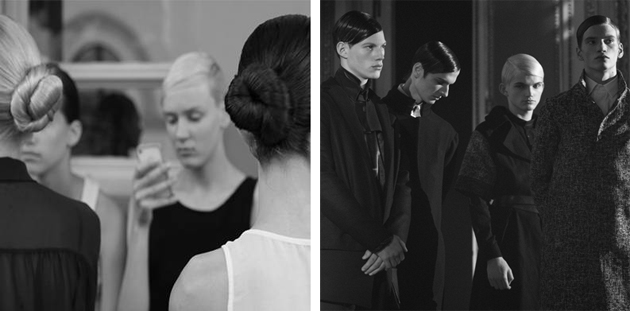
At 56, David Sedaris still keeps a regular diary. “It’s how I start the day,” he recently told Fresh Air’s Terry Gross. “By writing about the day before.” He’s kept one since 1977 and only misses one or two days a year. Most of his essays and stories come out of it. More than 130 volumes of his diary entries are tucked away and will remain private (at least in his lifetime, wink wink). Talking to NPR about his new book, Let’s Talk Diabetes With Owls, he recounts the story of a seven year-old who once asked him: What’s the point of writing things in your diary?
“That’s a question I’ve asked myself everyday since September 5th, 1977,” he said. “It’s not that I think my life is important, or that future generations might care to know that on June 6th, 2009 a woman with a deaf, drug-addicted mother-in-law taught me how to say I need you stop being an asshole in sign language.”

It’s a question that keeps him going. Sedaris has been a lot of things: an art-school dropout, a meth-head alcoholic, a Manhattan nanny, a closeted gay teenager in rural North Carolina, and, most recently, a volunteer trash collector in West Sussex. But he’s best known for his witty observations about the absurdities of everyday life. No other writer today can touch his sought-after mix of self-deprecation, intuition and resolve. His books, which include Naked and Me Talk Pretty One Day, have sold nearly ten million copies since he was first discovered by Ira Glass in Chicago in the early 90s. His readings sell out in minutes. Let’s Talk Diabetes With Owls, his first new collection of non-fiction in five years, won’t make it any easier to get a ticket.

There’s certain topics Sedaris won’t touch, sex and politics among them. Even in his journals, he said, he refers to having sex as “getting romantic”. It’s interesting coming from a guy who has no trouble writing about smoking meth in an abandoned warehouse and making a chair out of pubic hair. “There’s the ‘you’ that you present to the world, and then of course there’s the real one,” he told Gross. For all of his assumed unveiling, Sedaris likes to keep most things to himself. “People say to me, ‘Oh, you’ve exposed everything about you’— no I haven’t. I just give that illusion.”
Lane Koivu